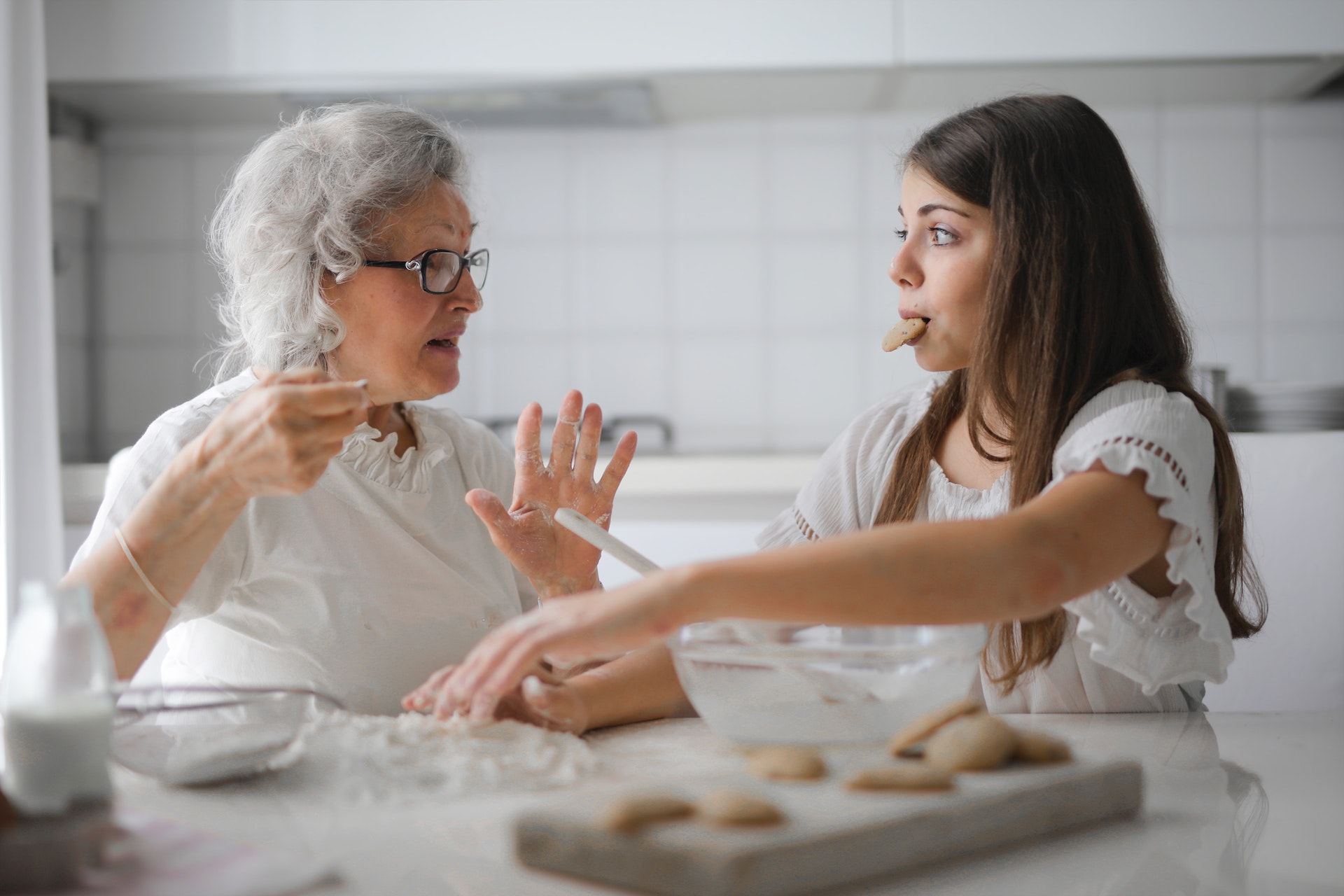Have you ever found yourself stepping into a room filled with unfamiliar faces and felt the immediate weight of being “different?” Perhaps it was a room where everyone spoke a language you didn’t understand or shared traditions you hadn’t experienced. For many residents of care homes, that sense of unfamiliarity can become a daunting daily reality, and it’s not always because they’re new to the facility. Often, it’s a matter of cultural differences.
The Mosaic of Care Home Residents
Let me paint you a picture. Imagine a quilt, each patchwork a representation of a different culture, a different story. This quilt is the rich tapestry of residents in care homes across the country. From the tales of resilience from a Korean War survivor to the vibrant memories of a Caribbean carnival dancer, each square holds a story that deserves recognition and respect.
But here’s the twist: while care homes are melting pots of diverse backgrounds, experiences, and values (especially in areas that are cultural melting pots, such as London), they’re not always equipped to understand or celebrate this diversity. And that’s where cultural sensitivity training steps in.
Beyond Just “Being Nice”
At first glance, cultural sensitivity might sound like yet another buzzword in the ever-expanding lexicon of modern corporate training. But delve a little deeper, and you’ll discover it’s so much more. It’s not just about “being nice” or “avoiding offence”. It’s about forging a deep connection, breaking barriers, and creating a safe environment where every resident feels seen, heard, and understood.
I remember speaking with Ms. Aisha, a caregiver at a local care home, who shared an anecdote that stuck with me. A resident from India, Mrs. Patel, had been particularly withdrawn since her arrival. The staff tried to engage her with the usual activities—bingo, music, art—but to no avail. But then, during one cultural sensitivity session, they learned about the significance of Diwali, the Indian festival of lights. The next time Diwali came around, the care home celebrated it, illuminating the hallways with colorful lights and arranging for traditional Indian sweets. The transformation in Mrs. Patel was astounding. She lit up, shared stories from her youth, and even led a small dance session!
Bridging the Gap: Training for a Better Tomorrow
To ensure that every resident feels like they belong, care homes must embed cultural sensitivity training deep into their foundation. This training, however, isn’t a one-size-fits-all model. It’s a journey, a continuous learning process that involves:
- Understanding Individual Histories: Each resident comes with a unique life story. Staff should be encouraged to learn about the histories and traditions of each resident, moving beyond stereotypes.
- Open Dialogue: Encouraging conversations about cultural differences can be enlightening. Staff shouldn’t be afraid to ask questions, and residents should feel comfortable sharing.
- Regular Training Sessions: This is where care homes can bring in experts or use digital resources to educate staff about various cultures, religions, and traditions.
The Ripple Effect
The beauty of cultural sensitivity training is that its benefits don’t just stop at the resident-caregiver relationship. It fosters a community spirit, creates deeper bonds between residents, and even extends to the residents’ families. Knowing that a care home acknowledges and respects their loved one’s background can be a source of immense relief for families.
Wrapping it Up
Cultural sensitivity isn’t just a training program—it’s a philosophy, a commitment, a promise. By embracing the diverse patchwork of our elders’ stories, care homes can transcend mere caregiving and create an environment that’s more than just a residence. It becomes a home in the truest sense of the word.

